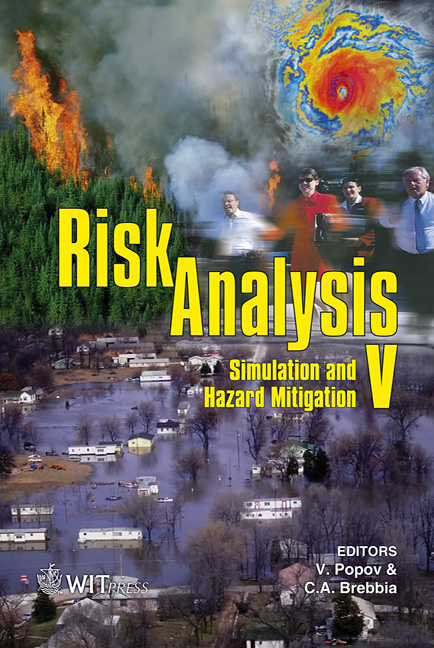Risk Indexes For Studying Interconnected Earthing Systems Inside MV Networks
Price
Free (open access)
Transaction
Volume
91
Pages
10
Published
2006
Size
406 kb
Paper DOI
10.2495/RISK060071
Copyright
WIT Press
Author(s)
A. Campoccia & G. Zizzo
Abstract
The paper presents a risk-evaluation-based approach to the issue of interconnection between the earth electrodes of the MV/LV substations within MV networks. After a short introduction on the interconnection between earthing systems, the paper proposes four risk indexes defined starting from the safety requirements given by CENELEC HD 637 S1. The indexes allow one to put in evidence, in a clear way, the benefits of the interconnection in terms of reduction of risk of critical electric shock for persons and of stress on the insulation of the LV devices in the presence of single line to earth faults and double earth faults inside MV/LV substations and single line to earth faults inside HV/MV stations. Moreover they can be used to identify in a simple way a Global Earthing System. Keywords: risk indexes, electrical safety, global earthing systems. 1 General problem Urban areas are characterized by earthing systems connected together so as to form a unique extended earthing system. An extended interconnection of earth electrodes can form a quasi-equipotential surface below the urban area, in which no dangerous voltages exist. In this case the interconnected earthing system can be defined \“global earthing system” (GES in the following). The concept of GES was introduced for the first time in a normative document in 1999 [1] and, immediately it was clear its importance for electrical safety. At a normative level, today, no universal criteria have been defined to identify a GES, but several distribution societies, private companies and research societies have given contributions to solve the problem [2–3]. All the methods
Keywords
risk indexes, electrical safety, global earthing systems.





